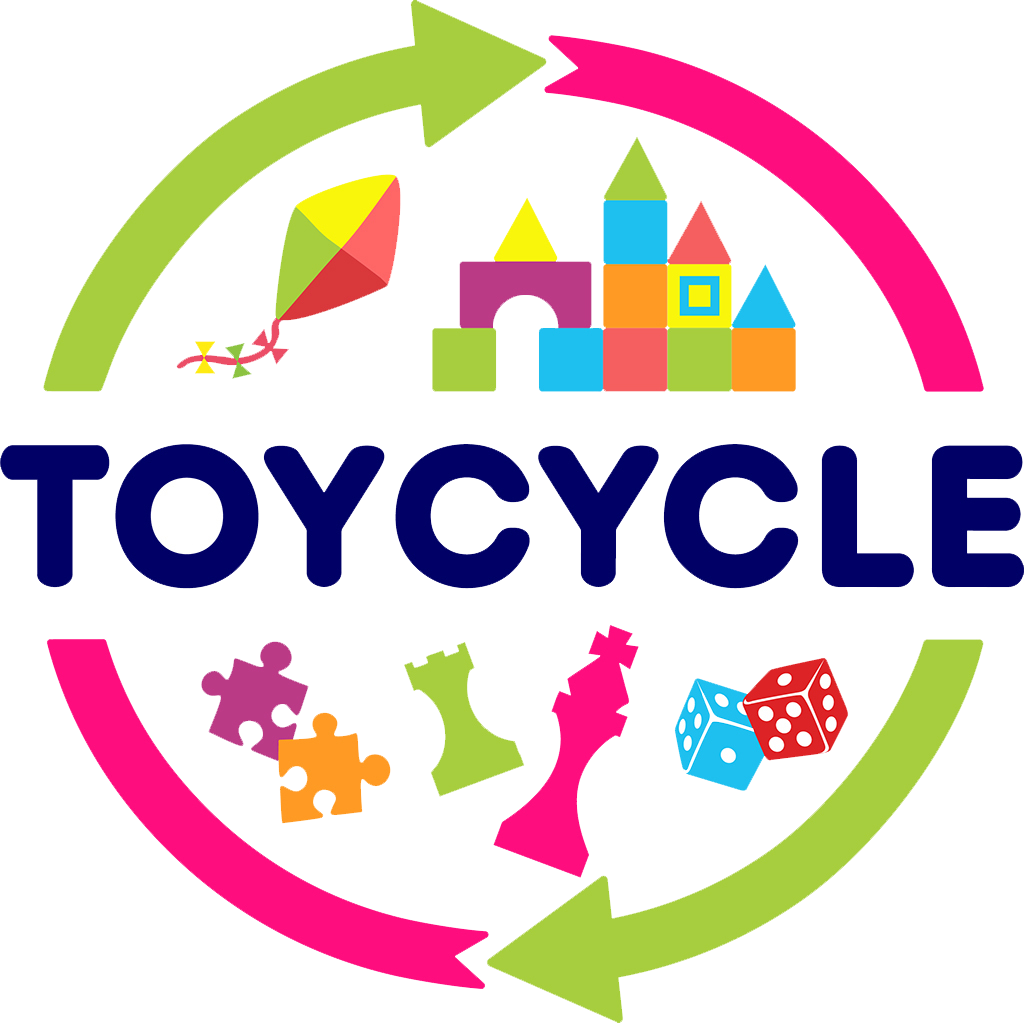The biggest issue facing recycling companies today isn’t getting people to recycle--more Americans are recycling than ever before. Curbside recycling programs are available to 8 out of every 10 households throughout the United States. Consumers may see these numbers decline as policies become more stringent overseas. As for the time being, however, even with 80% of households having access to recycling programs, only around 35% of waste is actually recycled. The rest ends up in the 2,000 landfills sprinkled across the country. What’s the deal with the low conversion rate, and why isn’t more of our waste getting to where it needs to go to become something new?
The idea of a circular recycling economy is a great one. In a perfectly working version of this model, nearly all of the items that we buy and use can eventually be recycled and turned into something else. This model diverts waste from landfills while limiting unnecessary use of resources in production of new goods.
Remember when mom said, “Well honey, if it sounds too good to be true…”
Yep, it’s kind of like that.
Here’s the real deal
While glass, steel and aluminum can be recycled over and over without degradation of their properties, the same doesn’t hold for plastics and paper. In fact, most plastics, if they’re lucky enough to get recycled at all, can only be recycled once. That’s because when plastic is recycled, it’s recycled into a different version of itself. Water bottles typically get turned into a synthetic fabric or carpeting, while milk bottles get turned into picnic tables or toys. Once those items are done, they’re headed for the landfill. There is virtually no market for second generation plastic waste as far as recycling is concerned. Paper waste has a similar short life span--made even shorter if the paper is wet or soiled with food. That soggy pizza box? It’s on the next truck to the landfill, because oil interferes with key processes in recycling old paper into new.
Wishes don’t always come true.
“Wish-cycling” is a term gaining a foothold in the recycling industry. It refers to consumers--many with the best of intentions--who attempt to recycle items that are not, in fact, recyclable. This can happen for many reasons, but often is simply because local recycling companies recycle only a few different kinds of plastics. Unknowing consumers continue to send along every plastic item that passes through their home, from cling wrap and take-out containers to outgrown toys. If the waste management company on the other end of this stream doesn’t have a buyer for these types of plastics, they’re headed to the landfill, despite all of our good intentions.

We’ve got it--but they don’t want it!
Contamination in the recycling stream is the biggest hurdle facing recycling companies today. China, who once readily accepted a constant influx of mixed plastic waste from the U.S., is no longer in need of our dirty and “mixcycled” plastics. The same is true for our paper--if it’s not clean and dry, China doesn’t have use for it. Stringent policies passed in 2017 have made it increasingly hard for the US to meet China’s standards on what they will and will not buy from us, and market rates are lower than ever before. The door is closing on easy disposal of American waste (if you consider shipping waste across the globe to be easy). Now is the time to make changes.
How to Reduce Wish-cycling Waste in Your Household
Consider recycling as more of a last-ditch effort than the go-to method for dealing with waste. Reduction in consumption is the best way to stop waste in its tracks. Shop used whenever possible. Reuse is the best way to prevent serviceable items from ending up in the landfill. There are more and more companies today with extensive collections of used or consigned fashion. And baby and kids consignment stores like Toycycle offer a great selection of used toys and baby gear.

Call your collection company. The first step to successful recycling is to know what materials your local waste management facility collects. Don’t be surprised if the list is a lot shorter than what you were expecting! Some facilities may even offer tours of their processing yards--and if that’s the case, go. Every American should see where their garbage ends up once the lid to the bin closes.
Think before you buy. Once you know what items are recyclable in your community, you might shop differently, seeking out items in bulk & glass packaging rather than plastic or single-use or again used. Used toys come sans the packaging that fills our trash bins and our landfills.
Stop before you toss. Make sure your items are reasonably clean and dry before putting them in your bin. Remember that liquids from bottles and cans can ruin otherwise recyclable paper and cardboard.

Involve your kids! Many children have a desire to treat the planet with a little more kindness. Most kids couldn’t care less whether they play with a new toy or a used toy. Connecting these items with their impact is an important part of raising kids who care about their environment, and is the best way to empower those that stand to inherit the Earth.

